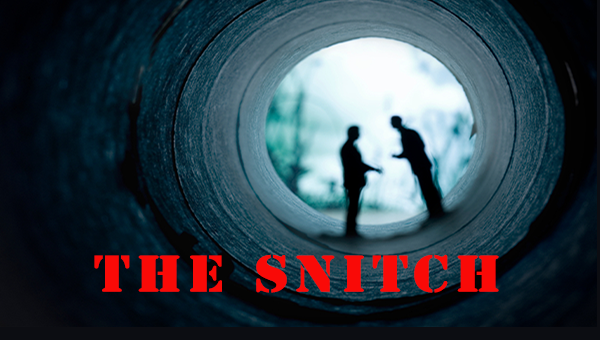
Your email program just made a mistake and let an email you suspect may be spam through to your inbox. How do you decide what to do? Click that link? Mark the message as junk? Here are five steps to help you make that decision using an email about a $50 Amazon gift card.
Who really sent it? If your email program isn’t set up to show the sender’s information, check your settings. Each program will be different, but you want to be able to see the sender’s name and the “reply to” address when you view or preview the message. As you can see, the sender was able to spoof the sender name—it shows “Amazon Card Services”—but the sender’s email address is definitely not Amazon’s.
Does the Reply To address match the sender’s address? The second way to tell if the sender has spoofed a sender’s email address is to check the Reply To email address. In this example, you can see the sender’s email address matches the Reply To address, but neither belong to Amazon.
What does the Content Preview show? If your email program is set up to show a content preview, this can be a very easy way to spot purely bogus from real deal in about two seconds. If your program isn’t set up to show a content preview, consult your program’s help system for assistance. Notice how the content preview here is about two guys living in Amsterdam.
Scan the content for errors. English is a second language for many spammers. If you won the 8th grade spelling bee, you’re a step ahead. Likewise if you were an English major and enjoy playing the role of grammar cop. For the rest of us, we have to hope the spammers continue being sloppy and make stupid mistakes. For instance, in this example, they want me to complete a survey, but according to the email they will receive a $50 gift card. Oops.
Look for the really stupid mistakes. Good grief. A recipe? From Amazon? For a survey? This one definitely gets the Boner of the Week Award.

I received the PayPal scam emails.
Right before Christmas I received a Pizza Hut free pizza coupon. I picked up a virus when I opened that one.
I’m sorry to hear that, Laurie. Hopefully, you were able to get rid of it easily. And right before Christmas is a definite bummer!
Thanks for the scam tips. We all get them from time to time and your alerts definitely help.
Thanks Sandra! Fortunately, there’s no lack of material for me to write about! 🙂
Thanks for the tip. I’m usually pretty astute about the fake emails, but I’ve had some pretty sneaky ones lately and your tips were very helpful. I love the English tip. I’ve noticed that there are major grammar issues in all the questionable emails I’ve received. I can only hope that continues to be the case. The big thing I see is the fake Yahoo! emails, telling me I have 24 or 48 hours to verify my account information or Yahoo! is going to shut down my account. That’s a great way to get my password. It looks authentic, too. The only reason I haven’t fallen for it is because some scammer sent me a similar email about my PayPal account and I had the good sense to email PayPal directly (NOT from the email I received, of course) and ask about the email I received. I decided Yahoo would practice a similar method of communication (not an anonymous, mass looking, unsigned email). So far, so good.
Hi Michelle, I’m glad this was helpful. Some of them are so good that it really takes a lot to see its a fake. Fortunately, most of the spam is poorly done and it only takes a few seconds. Thanks for following!